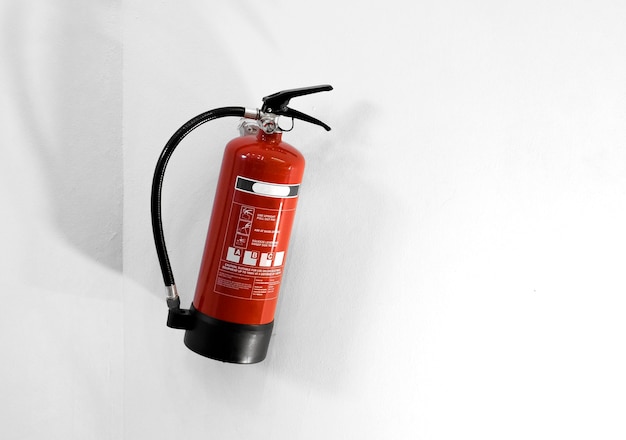Fire extinguishers are essential tools for preventing small fires from escalating into major emergencies. They play a crucial role in early fire suppression efforts, providing immediate access to fire control measures that can save lives and property. Understanding their importance and how they work is fundamental for anyone concerned with safety in homes, workplaces, or public spaces.
Understanding the Role of Fire Extinguishers
Importance of Fire Extinguishers in Safety
Fire extinguishers are designed to tackle fires in their early stages, before they have a chance to spread and cause significant damage. They are critical for creating a safer environment and allowing individuals to take action swiftly during emergencies.
Types of Fires Extinguishers Can Handle
Fire extinguishers are classified based on the types of fires they can extinguish:
-
Class A: Suitable for fires involving ordinary combustibles such as wood, paper, cloth, and plastics.
-
Class B: Effective against fires fueled by flammable liquids like gasoline, oil, and grease.
-
Class C: Designed for fires involving electrical equipment.
-
Class D: Used for fires ignited by combustible metals like magnesium, titanium, and potassium.
-
Class K: Specifically for fires in commercial kitchens involving cooking oils and fats.
Basic Operation
-
Pull the Pin: Start by pulling the safety pin located in the extinguisher’s handle. This breaks the tamper seal and prepares the extinguisher for use.
-
Aim at the Base: Direct the nozzle or hose at the base of the flames, not at the flames themselves.
-
Squeeze the Handle: Squeeze the handle to discharge the extinguishing agent. Release the handle to stop the discharge.
Extinguishing Agents
-
Water: Effective for Class A fires but not suitable for Class B or Class C fires as it can spread flammable liquid or conduct electricity.
-
Dry Chemical: Versatile and commonly used for Class A, B, and C fires. It smothers the fire and interrupts the chemical reaction necessary for combustion.
-
Carbon Dioxide (CO2): Effective for Class B and C fires. CO2 displaces oxygen, suffocating the fire.
-
Foam: Used for Class A and B fires. It creates a barrier between the fuel and the oxygen, extinguishing the fire.
Prevents Fire Spread
-
Containment: Acting quickly with a fire extinguisher can prevent a small fire from spreading to other areas, containing the damage.
-
Safety: Early suppression reduces the risk of injury or death to individuals nearby.
Minimizes Property Damage
-
Cost-Effective: Using a fire extinguisher promptly can significantly reduce property damage and the associated repair costs.
-
Business Continuity: Protects businesses from prolonged interruptions due to fire damage.

Regular Checks
-
Visual Inspection: Conduct monthly visual inspections to ensure the extinguisher is in its designated place, the pressure gauge shows adequate pressure, and there are no signs of damage.
-
Professional Maintenance: Arrange for annual inspections by a qualified technician to verify the internal condition, recharge the extinguisher if necessary, and ensure it meets regulatory standards.
Training and Education
-
User Training: Provide training to employees or household members on how to use fire extinguishers safely and effectively.
-
Emergency Plans: Incorporate fire extinguisher use into emergency evacuation plans to ensure everyone knows their role in the event of a fire.
Conclusion
Fire extinguishers are indispensable tools for early fire suppression, offering immediate response capabilities that can mitigate the impact of fires in various settings. By understanding their operation, types, and maintenance requirements, individuals and organizations can enhance their readiness to respond effectively to fire emergencies. Remember, investing in fire safety through proper fire extinguisher management isn’t just a precaution—it’s a proactive measure that can save lives and protect valuable assets.
Note:- For more articles visit on daddycow.







Comments (0)